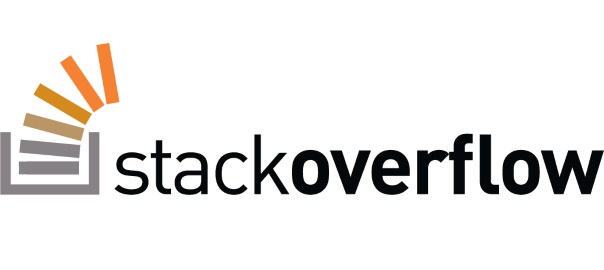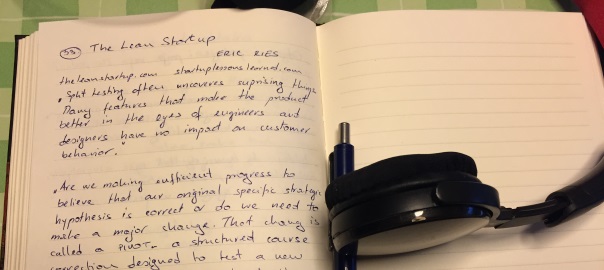Speed reading and learning

Since I like to read (like, a lot), I realized I should test my reading speed and as it turned out I’m at an average person reading speed of 230 WPM. That was not a too big of a surprise as I always thought I read slow. Anyways, I decided to take one of those “increase your reading speed classes”, and here are my notes from these lectures:
Inner voice makes us read at the speed as we talk! Subvocalization is the root of all evil.
RAS – Reticular Activating System (example when you’re looking to buy some new phone you’re seeing the phone commercials everywhere, but once you buy it the commercials ‘dissapear’)
TV is passive medium, you can learn something, but you end up forgetting it quite easily.
AVOID SKIPPING BACK – 30% skipping back, save 20% time! – imagine you can’t go back – you will increase attention after you read and thought to yourself “I didn’t understand”, and if the book is good it will repeat the premise.
When brain is on 20 cycles per second then you’re in the “zone”.
METRONOM + POINTER!
First, when you start reading on a higher speed the comprehension drops, but if you force that speed the comprehension will rise up and exceed the previous one.
Eyerobics – open wide, close hard, blink hard, left-right look, all around look, look to the window.
MIN – MAX method – min 1 page per day, max 50, normal 15, but the point is to read everyday!
Check this out: Timothy Ferris: The 4-hour workweek
Pareto principle – 80/20 – 20% efforts => 80% results. 80% additional efforts => 20% results
Tim Doner speaks > 20 languages! Benny Lewis – Fluent in three months
I want to succeed in this course because:
- I want to be able to read all the books I, now, don’t have the time to read both techincal and fictional
- I want to learn new things and retain as much information as possible as this will make me a better man, father, software engineer
- I want to earn more by knowing more
- I want to help others by knowing more stuff
- I want to personally grow by knowing more
Neurons and synapses
Hose => Funnel => bucket – order of necessary upgrades goes backwards! So, first you have to improve your memory in your head (bucket) then increase the amount of info going in (funnel) and then increase the speed of increased data that’s going in (hose).
Superlearners create dense connections
Transform concepts and ideas into pictures => so we can remember them better.
Exercise: read an article and try to remember 10 things in a way that you connect them with pictures.
Image types: fictional, personal, graphical, stereotypical
3 memory stages: encoding, storage, retrieval
30sec pause every 10mins, 1sec pause every paragraph!
Working memory – from this to next level => 1sec pause every paragraph
Short term mem – from this to next level => 30 sec pause every 10 min
Long term mem
Short term memory lasts for about 10 min and if we don’t commit (think git commit) it to a long term memory then we forget it (think git reset –hard HEAD).
High quality markers:
- are details we can describe in 1-2 words
- themselves encoded with rich detail
- clearly & logically interconnected
- emphasize answers not questions
- more is better
Go for details => concepts (basically you go bottoms up, so that you remember details and then you connect them in a main story)
Creating markers is the real deal!, practice making detailed markers.
Pre-reading 2,3 sec per page! Make a pre-reading and remember just a few words and then when you start reading you’re eager to answer the questions you formed during pre-reading.
The adult learner requirements
- use of prior experience and knowledge
- clear goals and appropriate readiness
- internal motivation and self direction
- practical application in their lives
- understanding of relevance
- respect
Adult students become ready to learn when they experience a need to learn in order to cope more satisfyingly with real-life tasks or problems.
Andragogy (Malcom Knowles): teaching adult people how to learn.
Imagine two or three separate columns on the page. Eyes are faster in jumping then in line movements. Jumps are called Sacades – rapid movements of the eyes between fixation points.
Never ever go back in text. Reading with a card – cover up and drag down.
Push yourself!
Do tests with 250, 350, 500, 700 i 1000 WPM
No pain no gain bro!
If everything seems under control you’re not going fast enough!
Exercise: in 5 seconds do a pre-reading flash 3 times focusing first on left, then middle then right part.
There is no substitute for hard work.
~ T. A. Edison
Memory temple vs mind mapping
Mapping numbers 0-9 to words and then making a sentence out of them.
22-24 mins power nap (this I have been conducting for the past 2 months now and I recommend it to everyone!)
Refresh learned after 1 week, month, 3 months and you’ll never forget it!
Some apps that may help with speed reading: https://github.com/ds300/jetzt, http://www.spritzinc.com/ (and my blog post on Spritz).
Bottom line, my speed is now at a solid 450 WPM which is almost 100% more than when I started – yay for me! If you’re skeptic about this as I was (fearing your understanding will go down) just give it a try and decide for yourself if this is something worth pursuing – IMHO it is.





Great article Nikola. Finally an actionable “how-to” guide. Most interesting are pauses every 10 mins and 1 second after one paragraph. It seems logic, functional and very good for comprehension and remembering. I´ll try it on some texts and compare the results with texts read without pauses.